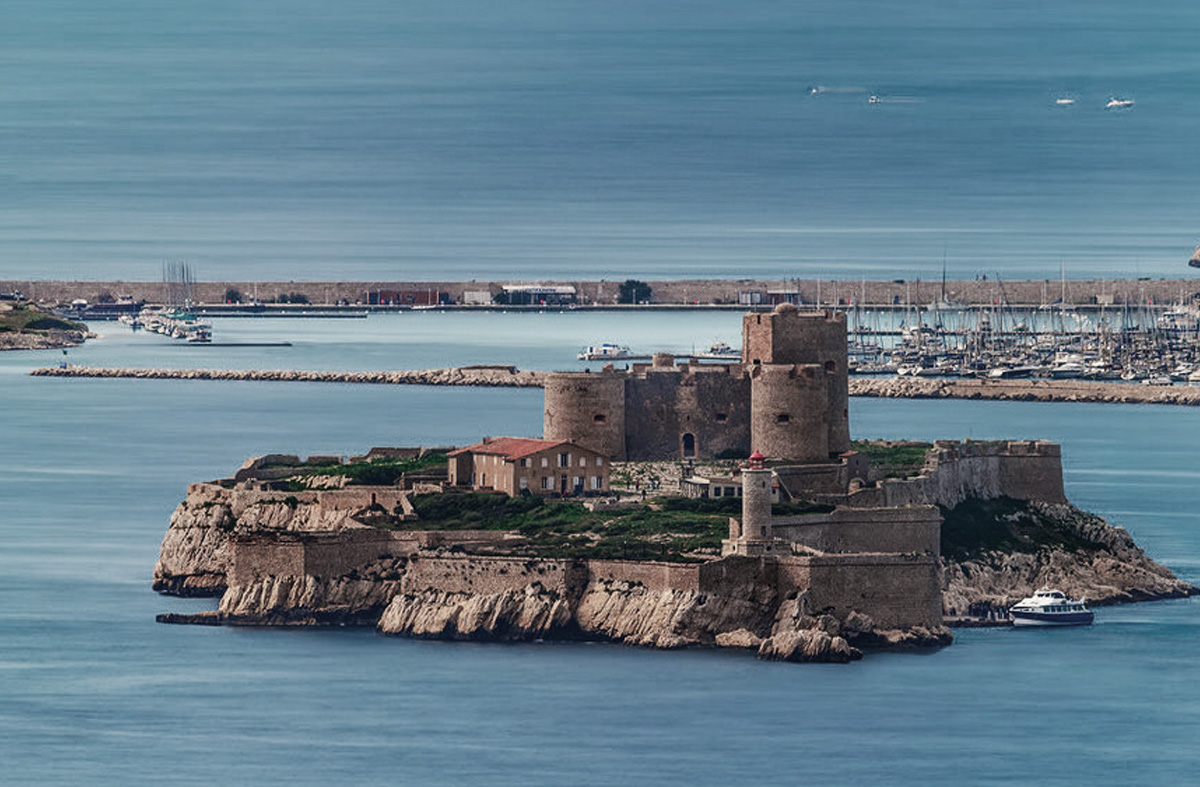
Why is The Count of Monte Cristo Famous?
Few novels have captured the imagination of readers worldwide quite like The Count of Monte Cristo by Alexandre Dumas. Published in serial form between 1844 and 1846, this gripping adventure novel has been adapted countless times into films, television series, and stage productions. It is a story of betrayal, vengeance, and ultimate redemption, making it a timeless masterpiece in world literature.
In this article, we will explore the compelling story of The Count of Monte Cristo, examine why it remains so famous, and delve into the real-life and cinematic locations that have brought this tale to life on screen.
What is the Story of The Count of Monte Cristo About?
The Premise
The novel follows the journey of Edmond Dantès, a young and promising sailor who is wrongfully imprisoned due to the jealousy and treachery of his supposed friends. The story is set in early 19th-century France and spans several decades, chronicling his transformation from an innocent man into the enigmatic and vengeful Count of Monte Cristo.
Betrayal and Imprisonment
Edmond Dantès is a bright, ambitious sailor engaged to the beautiful Mercédès. He is on the verge of a prosperous career when he is falsely accused of being a Bonapartist agent by his jealous rivals—Fernand Mondego, who desires Mercédès; Danglars, who envies Edmond’s rising status; and Villefort, a corrupt prosecutor who seeks to protect his own interests.
Dantès is arrested on his wedding day and imprisoned without trial in the Château d’If, a secluded island fortress. There, he languishes in despair for years, believing he has been forgotten by the world.
The Escape and Transformation
While in prison, Dantès befriends an old prisoner, Abbé Faria, a brilliant scholar who educates him in languages, philosophy, science, and history. Faria also reveals the existence of a hidden treasure on the island of Monte Cristo. When Faria dies, Dantès uses the opportunity to escape by switching places with his lifeless body and is thrown into the sea.
After making his way to Monte Cristo and retrieving the immense treasure, Edmond reinvents himself as the mysterious and wealthy Count of Monte Cristo. Armed with vast resources, he meticulously plans his revenge against those who wronged him.
Revenge and Justice
Dantès re-emerges in Parisian society as the Count of Monte Cristo, dazzling the elite with his charm, intelligence, and seemingly infinite wealth. He carefully manipulates events to bring about the downfall of his enemies:
- Fernand Mondego becomes a powerful nobleman but is ultimately exposed as a traitor and forced to commit suicide.
- Danglars, now a wealthy banker, is financially ruined and left to suffer.
- Villefort is driven to madness after his crimes are uncovered.
- Caderousse, another conspirator, is caught in his own greed and meets a grim fate.
Redemption and Conclusion
Although Dantès achieves his revenge, he realizes that vengeance does not bring true peace. After witnessing the suffering of innocent people caught in his web of retribution, he ultimately finds redemption by showing mercy. He sails away with his new love, Haydée, leaving behind his wealth and his identity as the Count of Monte Cristo, seeking peace at last.
Why is The Count of Monte Cristo So Famous?
1. Timeless Themes
The novel explores themes of justice, revenge, fate, and redemption—universal human experiences that resonate with readers across generations. The idea of an underdog overcoming immense adversity and delivering justice captivates audiences worldwide.
2. Masterful Storytelling
Dumas masterfully blends adventure, mystery, romance, and philosophical depth in a single story. The intricate plot, filled with suspenseful twists and calculated schemes, keeps readers on the edge of their seats.
3. Influence on Popular Culture
The Count of Monte Cristo has inspired numerous books, films, and TV adaptations. Its themes have been echoed in modern stories, from classic Hollywood films to contemporary revenge thrillers like V for Vendetta and The Shawshank Redemption.
4. A Legendary Protagonist
Edmond Dantès is one of literature’s most compelling characters. His transformation from an innocent sailor to an enigmatic and powerful nobleman is both tragic and awe-inspiring. His intelligence, patience, and relentless pursuit of justice make him an unforgettable literary hero.
Where is the Castle from The Count of Monte Cristo Film?
The Château d’If: The Infamous Prison
The real Château d’If, located on a small island off the coast of Marseille, France, is the prison where Edmond Dantès is wrongfully imprisoned. Built in the 16th century, it was historically used as a fortress and later a state prison. Today, it is a popular tourist attraction, drawing fans of the novel who wish to walk in the footsteps of the fictional Edmond Dantès.
Filming Locations for Adaptations
Various film adaptations of The Count of Monte Cristo have used different locations to recreate the story’s settings. One of the most famous recent adaptations, the 2002 film starring Jim Caviezel and Guy Pearce, was filmed in several picturesque locations:
- Château d’If, France – While external shots were inspired by the real Château d’If, most interior scenes were filmed elsewhere.
- Valletta, Malta – Many of the film’s stunning European backdrops were shot in Malta, particularly Fort Ricasoli, which stood in for several fortress and prison scenes.
- Ireland – The lush green landscapes seen in the film were shot in various locations in Ireland, enhancing the film’s visual appeal.
The Island of Monte Cristo
While the Island of Monte Cristo exists in real life, it is an uninhabited, rugged island off the coast of Italy. The island, now a nature reserve, does not house the treasure-filled caves depicted in the novel. Instead, filmmakers have used other exotic locations to portray the fictionalized version of Monte Cristo’s secret hideaway.
The Count of Monte Cristo endures as a literary classic because of its thrilling narrative, profound themes, and unforgettable characters. It is a tale of patience, intelligence, and the moral consequences of revenge. The real-world locations, from Château d’If to the stunning settings of film adaptations, further enrich the legend of Edmond Dantès.
Whether experienced through the novel or its many adaptations, the story of The Count of Monte Cristo continues to captivate audiences, reminding us that justice, though sometimes delayed, will always prevail in the end.




